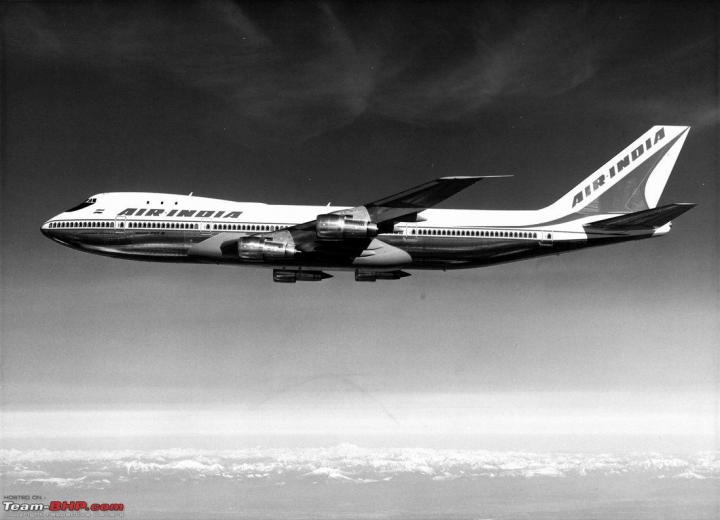News
Boeing 747: Enthusiast shares collection of manuals, checklists & more
As I went through the various books, binders, charts and so on, I relived some of my memorable moments with the 747.
BHPian Jeroen recently shared this with other enthusiasts.
In my earlier post, I mentioned a few things about my enthusiasm and experience on the 747. This very last 747 produced, has gotten quite a bit of exposure all around the world. Threads like these are popping up all over the Internet. For many people, not necessarily aviation enthusiasts, the 747 is a truly iconic plane.
Reading through the various posts and articles on the internet I had a look at what is left of my 747 documentation and books. Funnily enough, although I have owned all sorts of 747-related stuff, I have never ever, not even as a little boy, owned a 747 model, be it ready-made or kit. Never!
As I went through the various books, binders, charts and so on, I relived some of my memorable moments with the 747. Although the 747 held a huge fascination for me, even as a little boy, through my interest in the 747 I have also had the pleasure of meeting with lots of people. Most of what I will show here was given to me or there is a story about it.
As I said, always been fascinated by aircraft, aviation and the 747 in particular. I wanted to become a pilot, but in those days you needed pretty much 20-20 vision, and I had very thick spectacles. So I went to naval college instead. Which probably, with hindsight, was the better choice for me anyway.
I was one of the early Flight SIM enthusiasts. I got every Microsoft Flight Simulator update and many add-ons. Some of you, especially those who collect aircraft models, are familiar with the Aviation megastore near Amsterdam airport. A fantastic shop for aviation enthusiasts, they sell anything from kit models, ready-made models, books, magazines and just about everything when it comes to flight Simulation.
These days this is a huge store, but in the early days it was tiny. It was started by a KLM pilot, who brought all sorts of hard-to-get models, decals, books and magazines with him from all over the world. He also collected all the old manuals and charts from his colleagues and sold them second-hand in his shop.
I have been coming here since I was a teenager with some mates. We used to ride our bicycles all the way to Aalsmeer and spend hours roaming around the shop. In those teenage days, I was an avid aviation model builder.
Fast forward to the mid-90s. I had been fiddling around with Flight Simulator for quite a while. One day I decided to stop by at the Luchtvaarthobbyshop as the aviation megastore used to be called.
They had a couple of guys that knew anything and everything about desktop computers and flight simulation. So we got talking as usual. They showed me a new type of Simulator, Precision Simulator by Aerowinx. They basically told me, this is a real system and procedure training simulator. There is no scenery, just instruments, switches, handles and dial and it all works and interacts correctly. You are going to love it. I bought it on the spot. It was hugely expensive compared to Flight Simulator.
Back home I fired up my desktop and installed it. This version was still a DOS program! It came with a very elaborate manual. I became very frustrated at first. This SIM thing worked just as the real thing. So starting up from what is known as a dark and cold plane took quite a while and you had to use the correct procedures, checklist and so on. It took me days to simply start up a 747.
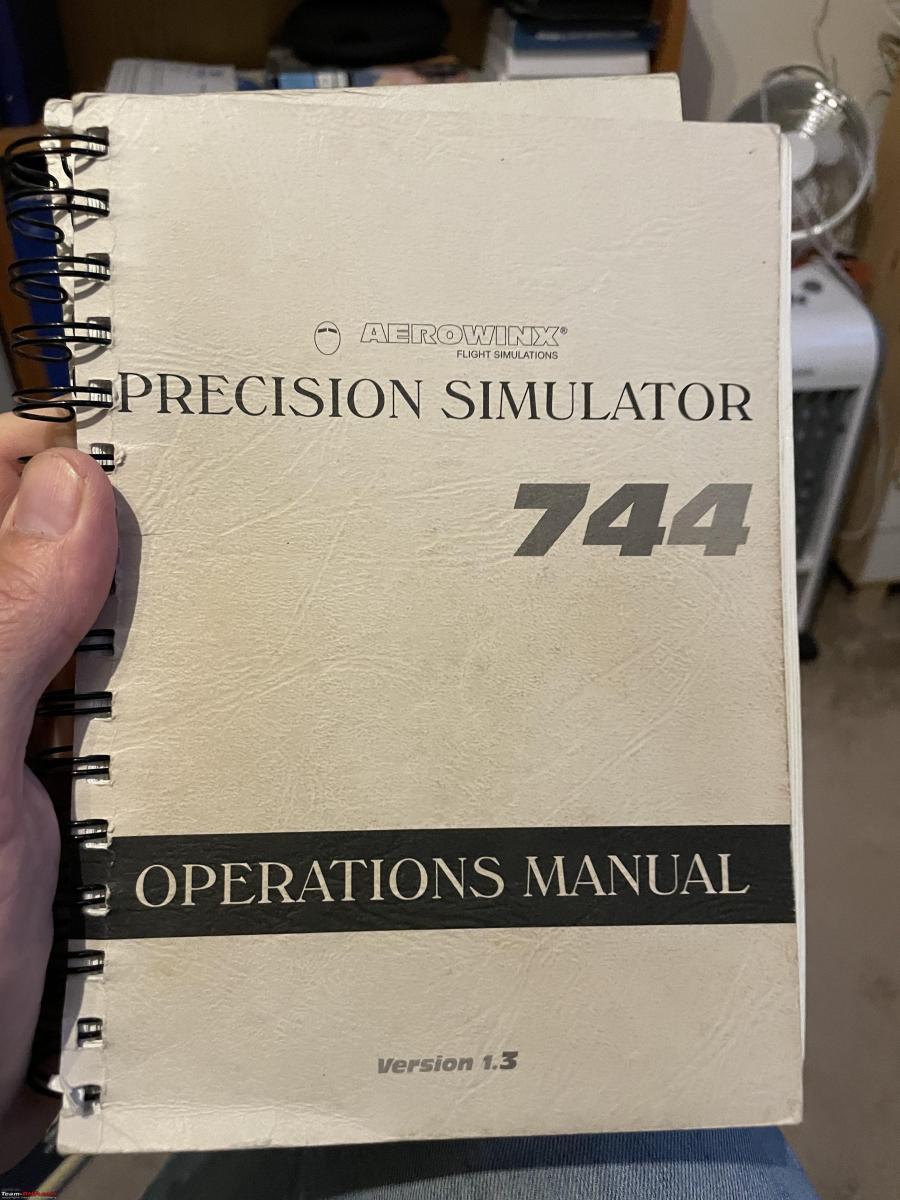

Although I was impressed, I did not spend too much time on it afterwards. It was just way too complicated for me. A few months later I got very ill. I can’t even remember what I had. But I was off work for about 6 weeks or so. After some two weeks, I felt a bit better and started to fiddle with my Precision Simulator again. I had plenty of time on my hand and I spend 8-10 hours per day trying to figure out how to operate a 747. The internet was in the early stages, and Aerowinx had a very simple website, with also a forum. A couple of dozen guys, either enthusiast such as me, pilots or aviation engineers. Through the forum chat function, I got to know another Dutch guy, Ton and he happened to live very close by. So we met a few weeks later. And we started flying together and discussing the 747 system and so on.
Over the years, both Ton and I acquired quite the aviation 747 libraries. We shared a lot. We became friends with some of the other guys on the PS forum. Some we met. At the time there were three Indian guys as well. During my years in India, I met up with one of them on a regular basis. He has a home built 747 cockpit (a real cockpit cut from an Air India 747). All the systems are powered by the successor of this amazing 747 simulation software PSX.
Ton and I ended up renting the Full motion 747-400 of both CargoLux and Lufthansa. As one of the simulator technicians was also a PS forum member, we actually got some free-of-charge time as well. So that is how I clocked up my real 747-400 Sim hours, my PS hours run into the thousands!
Let me share some of my 747 memorabilia and some of the stories/memories that go with it.
One of the things that always fascinated me is that Boeing, being the manufacturer, publishes a huge number of different manuals, documents and so on. Some carriers use the Boeing documents in the cockpits too. Others (Eg. KLM, BA, Lufthansa) rewrite everything themselves. Ton and I spend many hours pouring over the differences between a Boeing Manual and say a KLM manual. Why did they phrase it differently, why a slightly different procedure? Good fun and hugely interesting (well only, if you are a complete 747 nerd like we are)
So here is my original Honeywell Boeing Flight Management System Pilot’s guide.

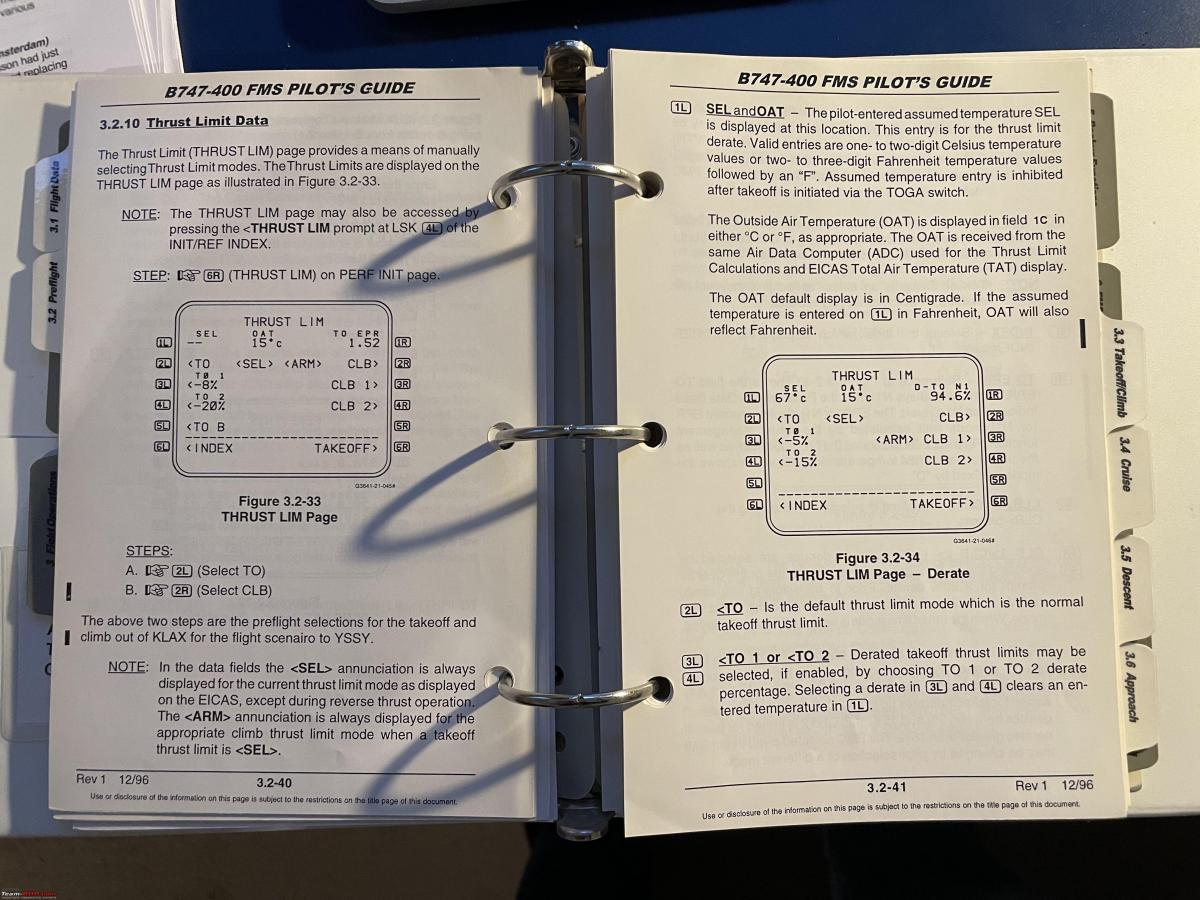
As you can see, it was an aircraft copy. In this case the Cargolux LX-NCV (Cargolux by the way is one, if not the largest, 747 cargo operator in the world). So obviously, Ton and I knew a few pilots and some guys living near their home base in Luxembourg. This FMS guide we actually fished out of a skip. Cargolux was getting rid of a lot of old paper documentation at the time. Nobody was watching, so we figured the bin men would not miss a few copies.
The FMS is one of the essential cockpit instruments. It interacts with a huge number of different systems. It has a complete database of all the world's airfields and all airways. Airways are basically highways in the sky. So the flight plan is loaded into the FMS. It can calculate all sorts of clever things, it accommodates winds at different flight levels etc.
But we usually called it the “FMS manual for dummies”. It was pretty basic. My KLM aircraft operating manual has more detailed information on the FMS than this original Honeywell manual.
The real McCoy when it came to the Flight Management System and the Flight User’s Guide was the FMC user’s guide by Bill Bulfer and Skeet Gifford. Every 747 pilot slept with this manual under their pillow! I am not quite sure, but I think I bought my copy at the aviation megastore. I visited them a few weeks ago and you can still get it. They also have a 737 FMC guide.
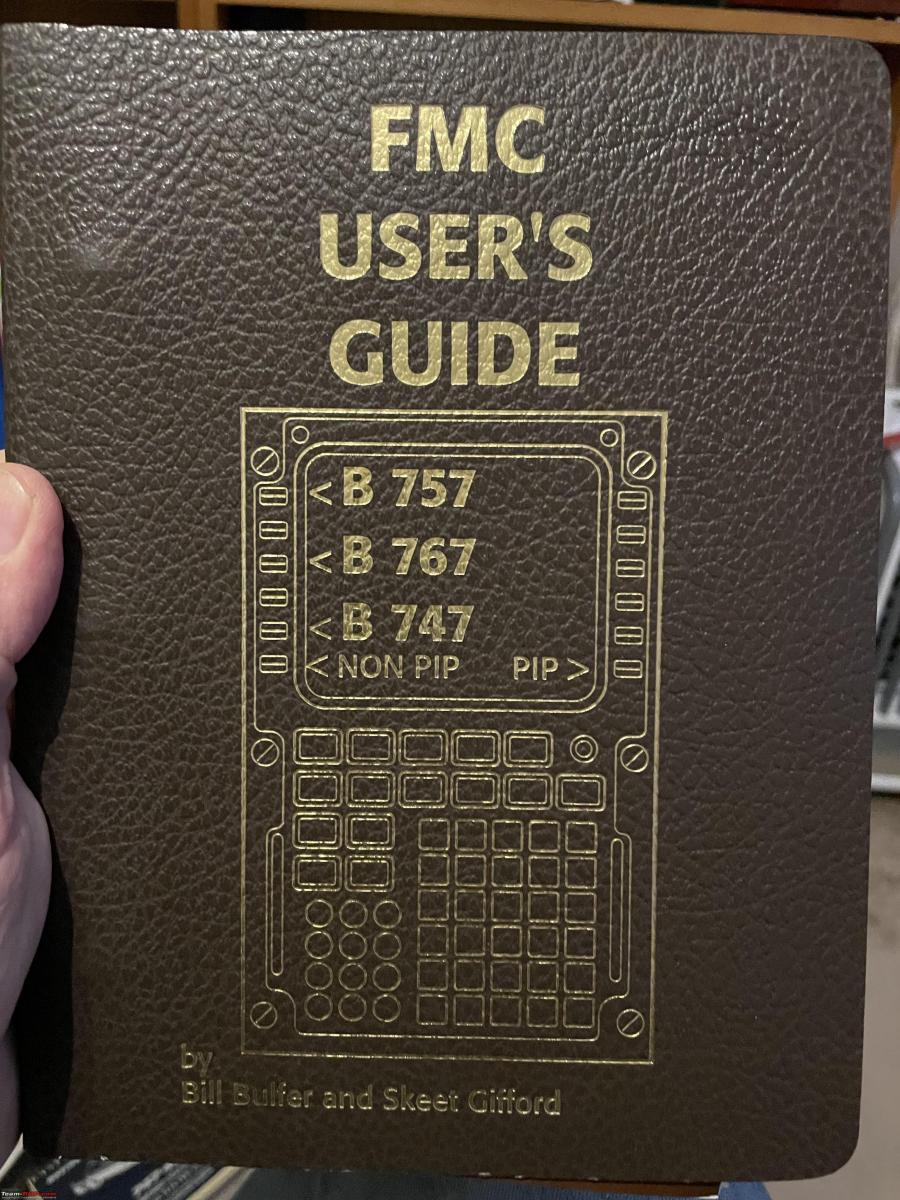
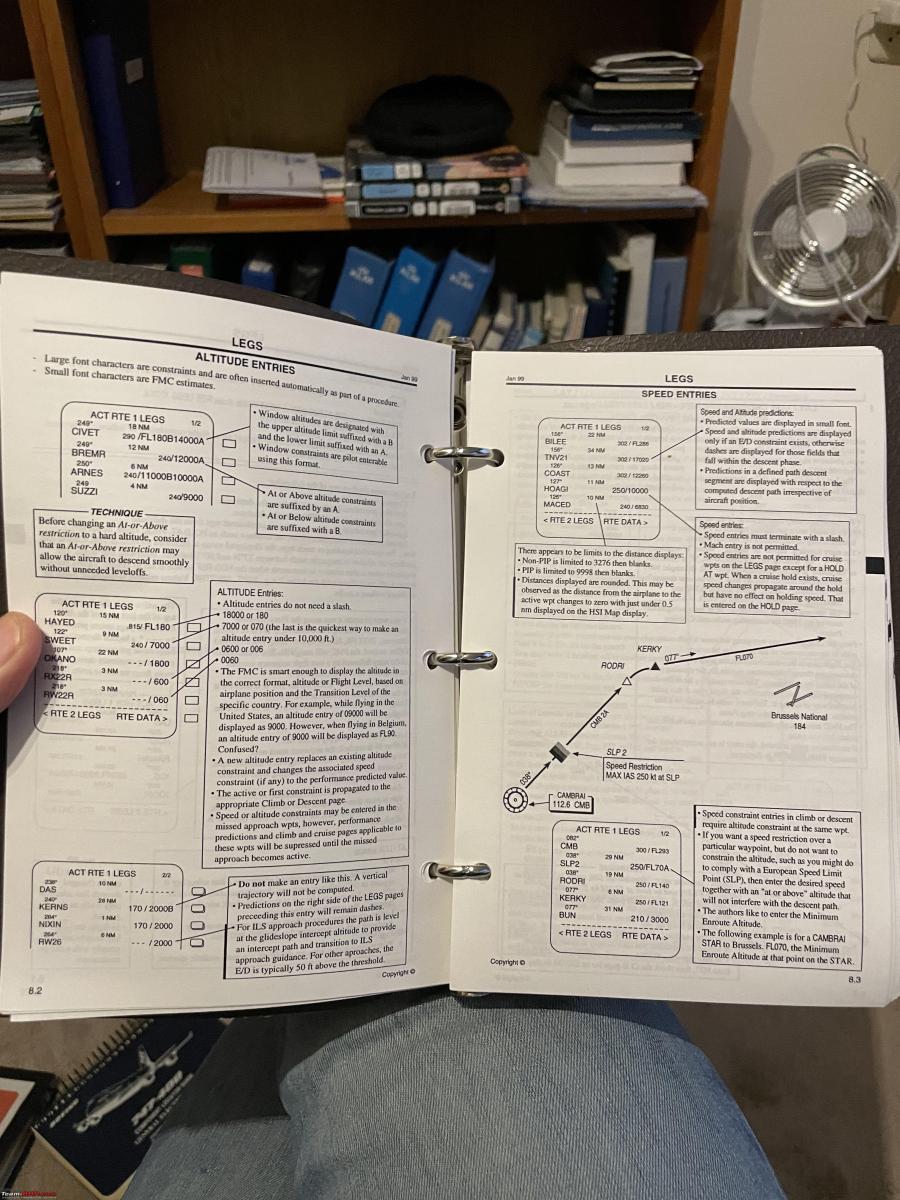
This book is all about internal works, tips and tricks on what you can do with this bit of magnificent kit. Interestingly enough the whole FMS/FMC runs on very rudimentary and simple hardware. To this date, I might add. Nevertheless, it is a hugely expensive bit of kit, due to among others the enormous reliability in performance and certification.
I don’t know if Bill is still alive. But on that day I regularly emailed him with questions and he was always quick to respond.
A very different kind of book, but still very enlightening is the Unofficial Boeing 747-400 Simulator and Check ride procedures manual written by (captain) Mike Ray. Mike is a so-called ex-Stoof driver, which means he is an ex-Grumman S2Tracker pilot. One of my all-time favourite military planes. It flew with the Dutch navy too! Once Mike left the US navy he became a commercial pilot. A very common career path in the USA especially in those days. Not so much anymore as there are far fewer naval and airforce pilots than a couple of decades ago.
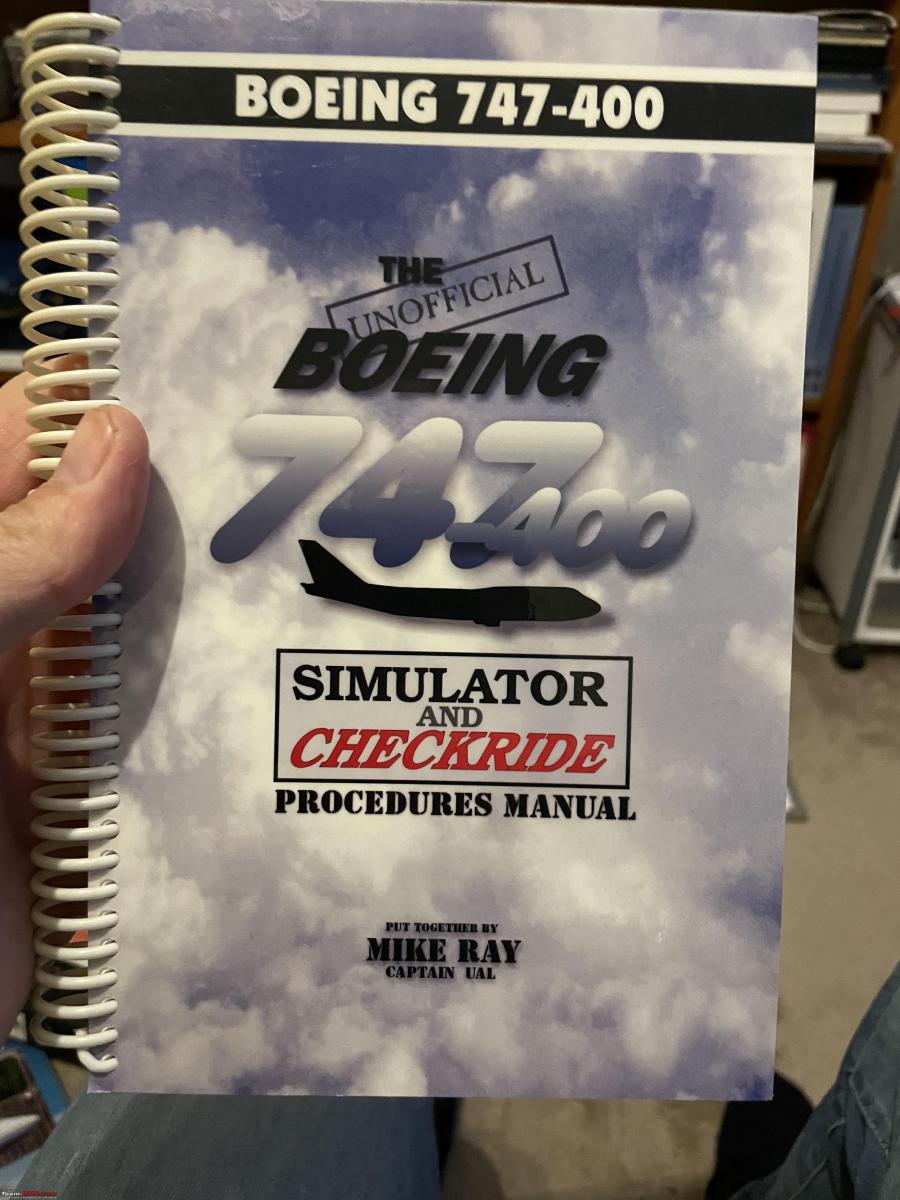
He has written a whole host of this kind of book. They are meant to assist pilots to prep for their mandatory check rides on simulators. Have a look at his store:
Two other gems I would like to share. There is a whole series of these books: From the flight deck. They describe in detail how a flight is planned and executed from the cockpit crew's perspective. It really details how the pilots plan the flight, prep the plane, and what happens during the start in the cockpit. How they deal with emergencies etc. These two issues are both about well-known 747-400 routes. Heathrow-Hong Kong is still the old Hong Kong airport. So the checkerboard approach is discussed in detail.

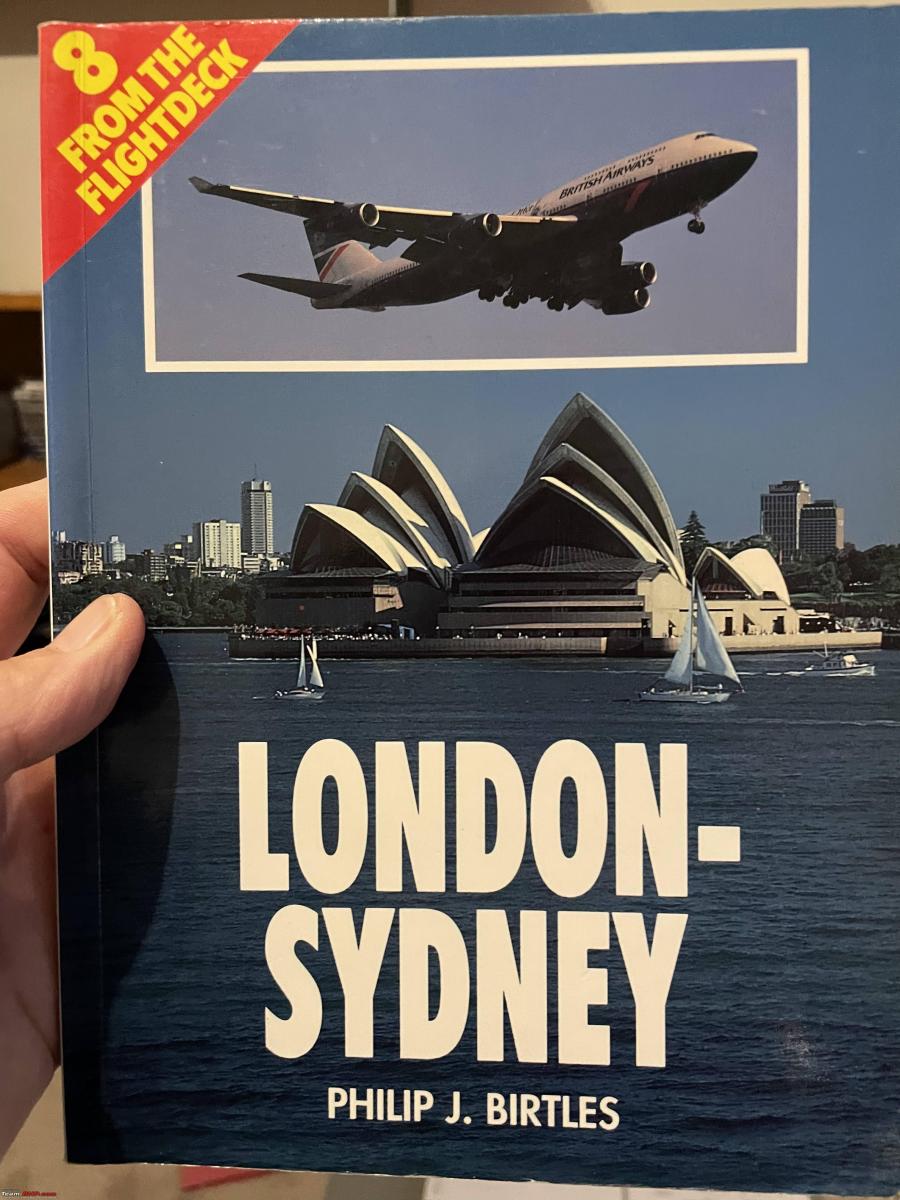
Another treasure of mine is the 747-400 Component Locator. It is a little booklet describing where various components are located. E.g. you want to know where to find the drain module of the heat exchange installation, or if you need to get an EGT shunt junction box, this little manual will tell you. It was used primarily for maintenance training I believe. And of course, by nerds such as myself!
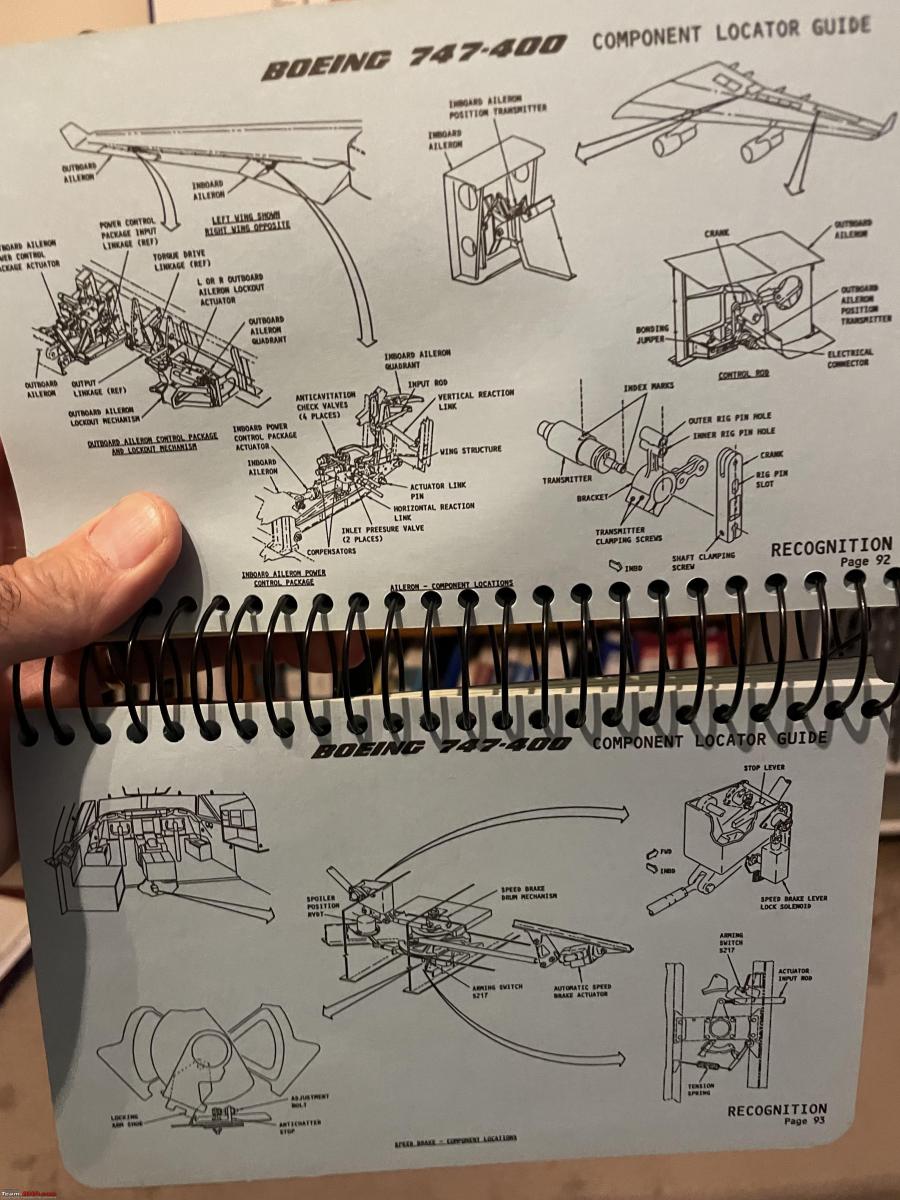
Another Boeing manual with a bit of a special story. This is the Boeing Dispatch Deviations Guide. (DDG). I have shown some examples of this manual in some of the other aviation-related threads we have. As most of us are aware many systems on aircraft have dual, triple or sometimes quadruple redundancy built in. This manual describes what systems and or parts can be out of action/missing and what actions and or procedures need to be observed in order to still fly the plane with this defect.
This Boeing version was/is quite rare. I came across it in the late 90s on bay.com from an American seller. Both my wife and I often bought various bits and pieces for our hobbies from Bay. In those days, we just agreed on the price and then went to our bank, and exchanged Dutch guilders for the necessary dollars. We just send the dollars in an envelope by regular mail. Never any problem. So that’s what I agreed and did in this case too. But the seller claimed to have never received my envelope stacked with dollars. A couple of guys on the PS forum knew him and told me he was reputable. And I really wanted this manual. So I got more dollars, another envelope and this time within a week I got a mail from him, he had received the money and the manual was on its way. So in the end I had paid double on what I had bid for, but that was okay.
About 6 months later I get an email from this same Bay seller; guess what, he wrote, your original envelope with dollars has arrived! And he returned the money to me!! Very pleased with that and it confirmed to me that most people are honest.
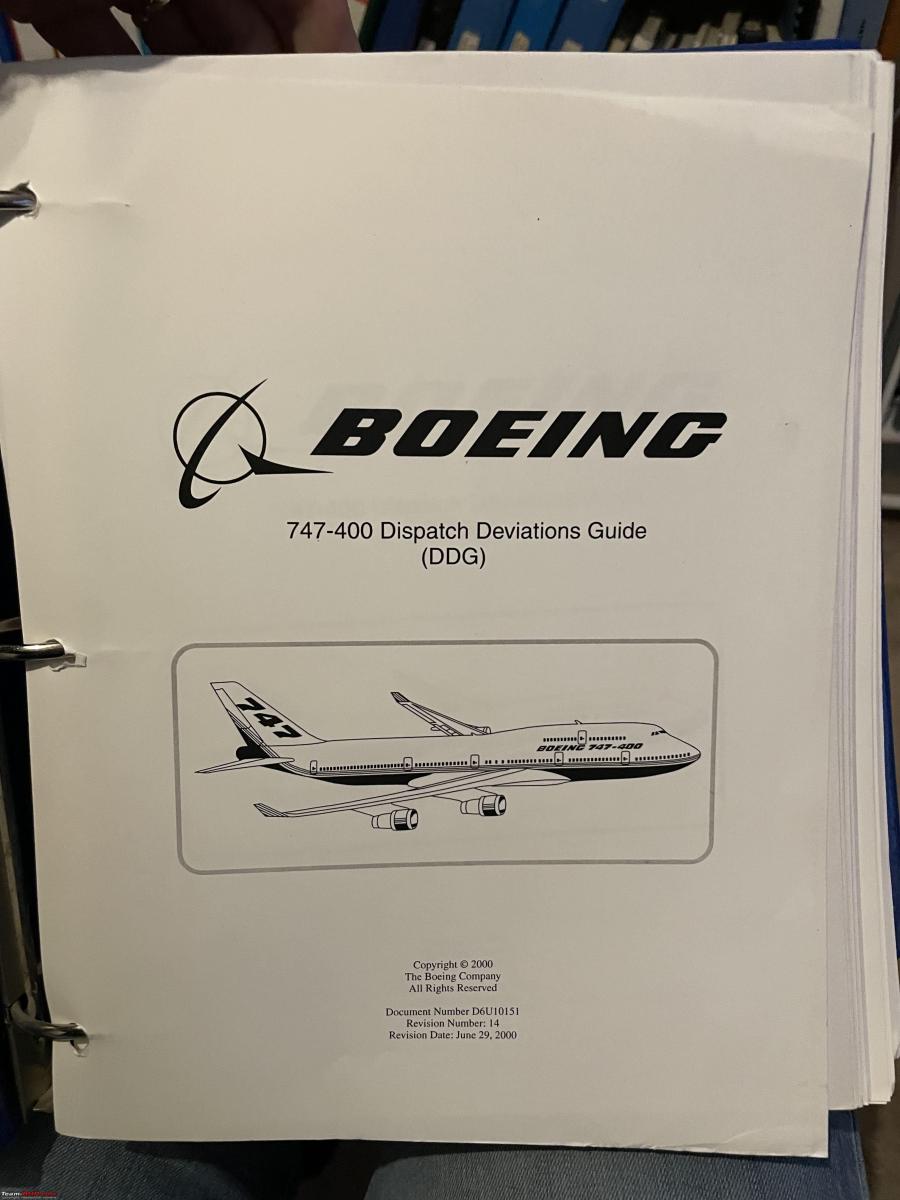
Another very useful manual for aspiring SIM enthusiasts is the Boeing Crew Training manual. I actually have a few different versions of this training manual. It deals with all aspects of how to fly the 747, including emergencies and some unusual configurations.
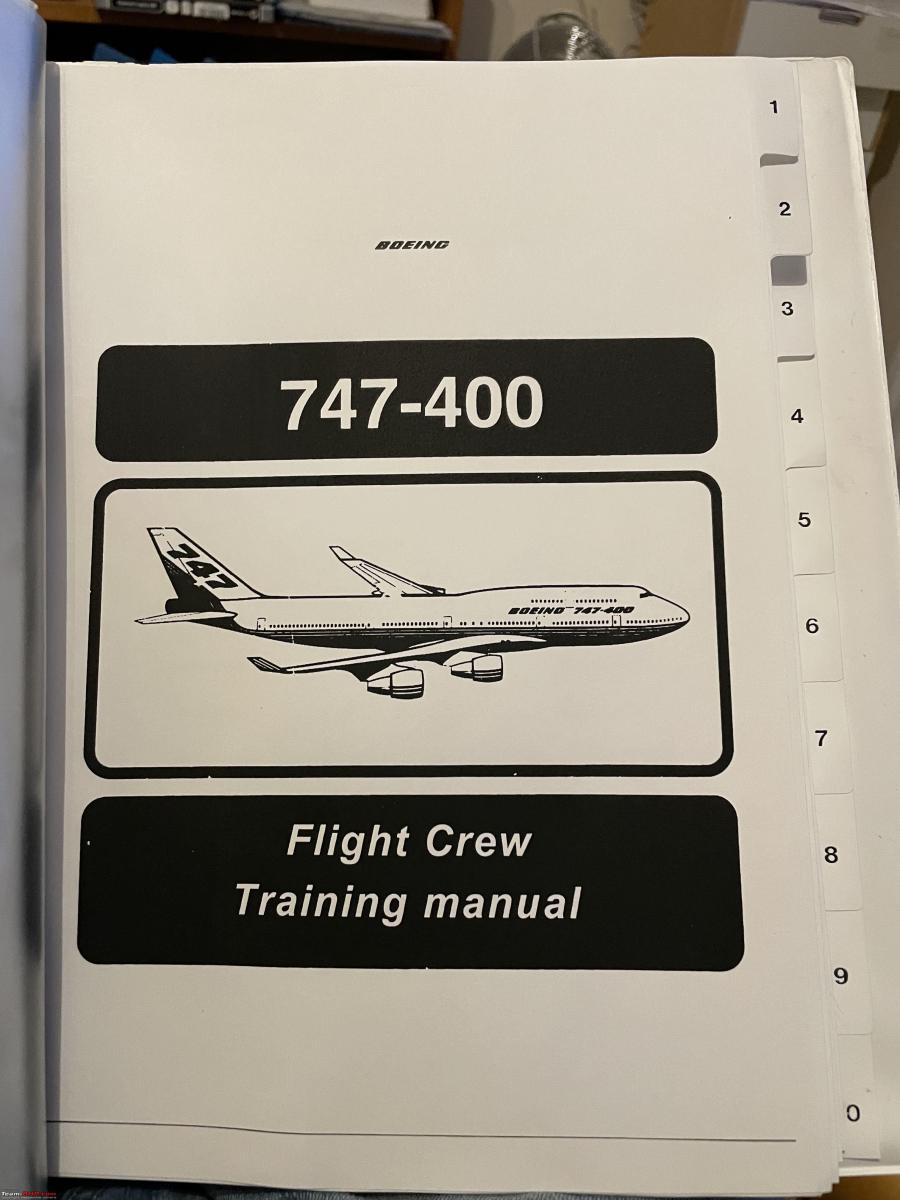
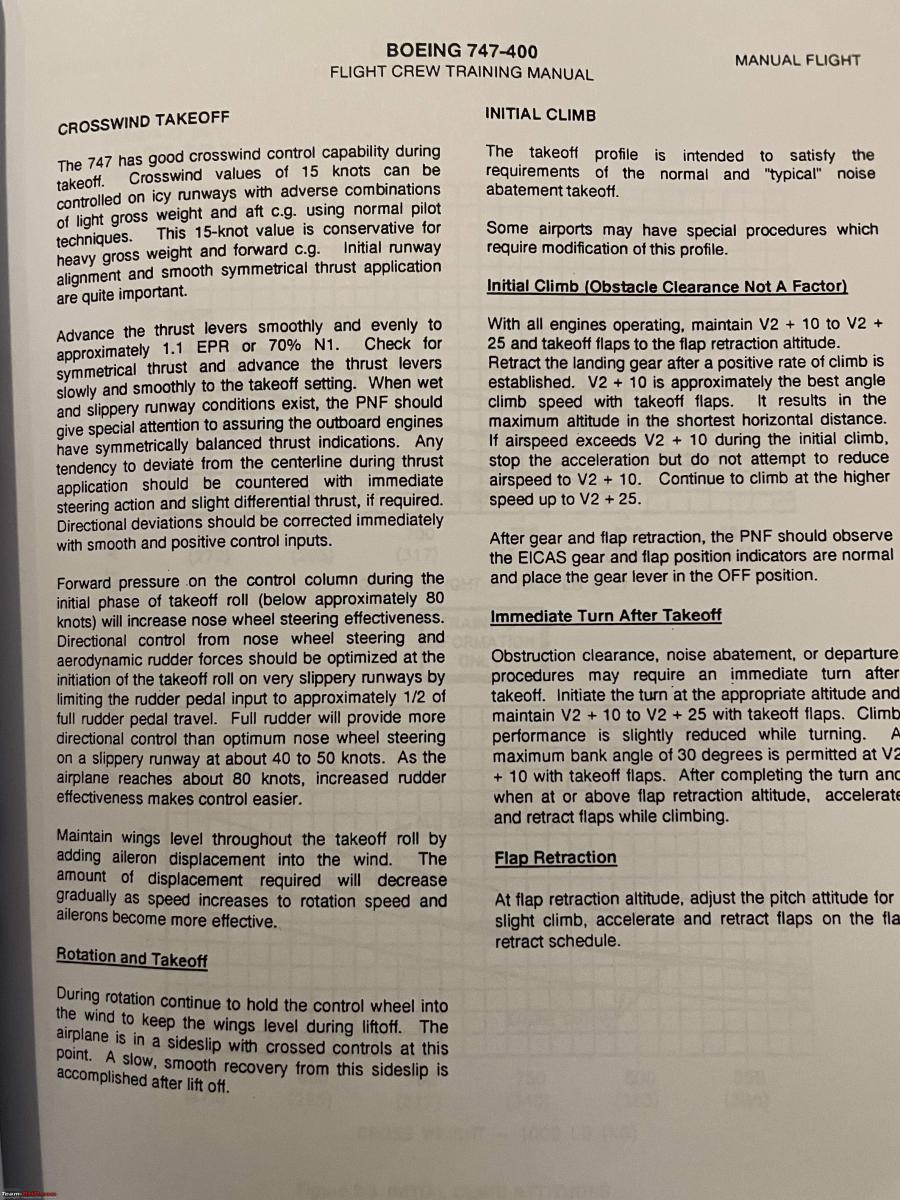
I already mentioned the checklist. Cockpit crews use a checklist!! I love checklists! Anorak fact: in the merchant navy we also used checklists in both the engine room and on the bridge!
I have a whole collection. But the first ones I got from my friend Ton. he had got himself various manuals of various carriers and he gave me some.
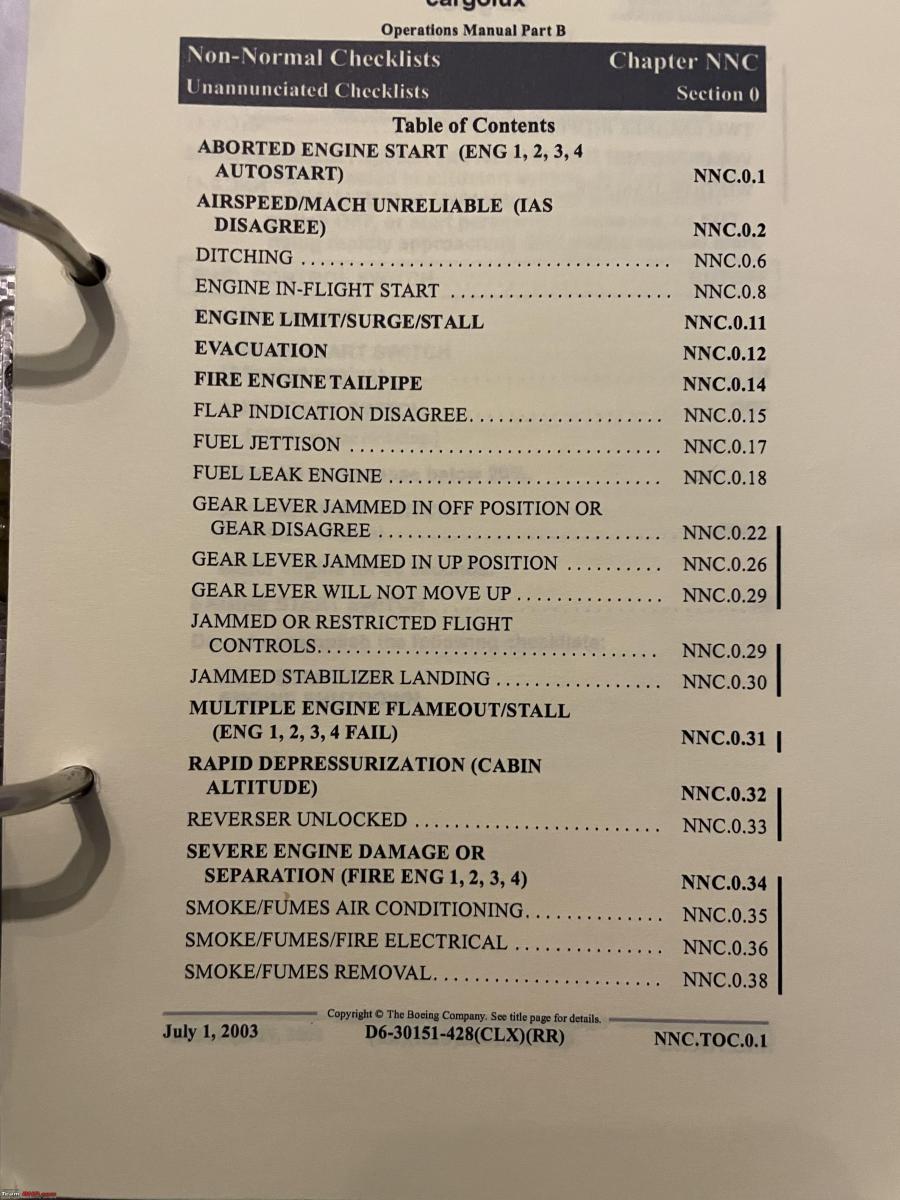
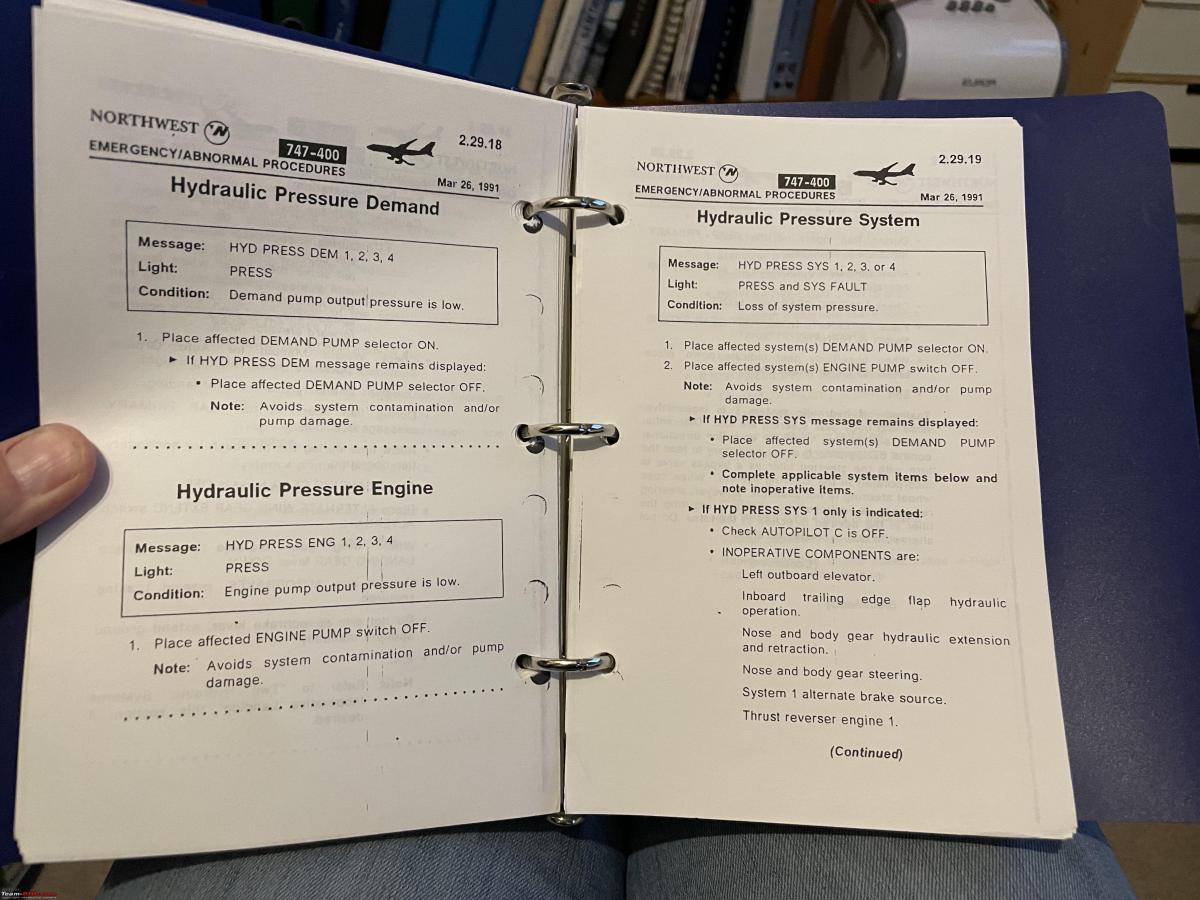
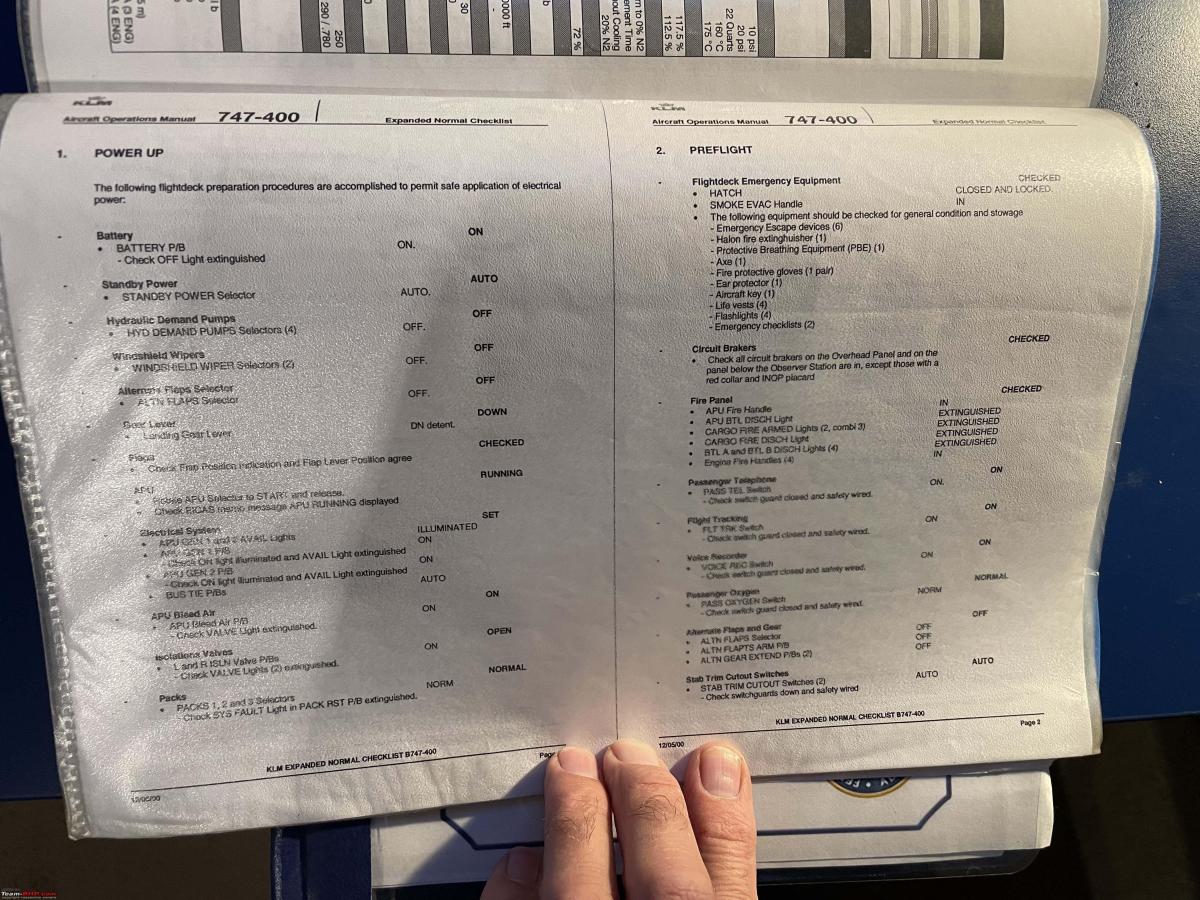
Most of the time I “flew” my Precision Simulator I simulated either Cargolux or KLM 747-400s. One of my true treasure troves is a complete KLM Aircraft Operations Manual, three volumes. I found these, second hand, at the aviation megastore at the time.

In the pre-9/11 days, I often managed to talk myself into the cockpit and I was often allowed to stay in the cockpit during the whole flight including take-off and landing. I always carried my PS1 manual with me (see the very first image). I would hand it over to the purser and ask him if he could check with the captain if he was familiar with this software. That nearly always got me an invite to the cockpit! Often the cockpit crews would hand me their old documents, flight plans and so on. Below is one of the cherished and much-used NAT charts. A BA captain on an actual 747 that was taking us to my inlaws in Barbados gave it to me and showed me how they used it. The North Atlantic Tracks (NAT) are predefined routes across one of the world's most busy and congested air spaces. Also, most of it is without radar coverage. So there was a special procedure on how to enter the NAT system, and the active route changes ever so often. On that day you had to punch in the actual track that you would be flying into the FMC yourself. These days it is all a lot more automated.

Let me be clear about one thing, you don’t become a pilot by sitting behind a desktop/PC, studying documents, manually and flying some PC simulator, not even a simulator as advanced as the Precision Simulator by Aerowinx. But that was never my goal as such. I just enjoyed figuring out how such a hugely complex plane works. So I will say that on some of these systems, I had more detailed knowledge than a pilot. Simply because I was interested in it and it might not have been relevant for a pilot to have such in-depth knowledge.
I kept a very elaborate diary of all my simulated flights. I wrote down the details of the flight, what went wrong, how I handled it, questions I had and needed to figure out later etc. Than I would discuss with Ton, or on the forum or by email with various other enthusiasts or pilots I knew.

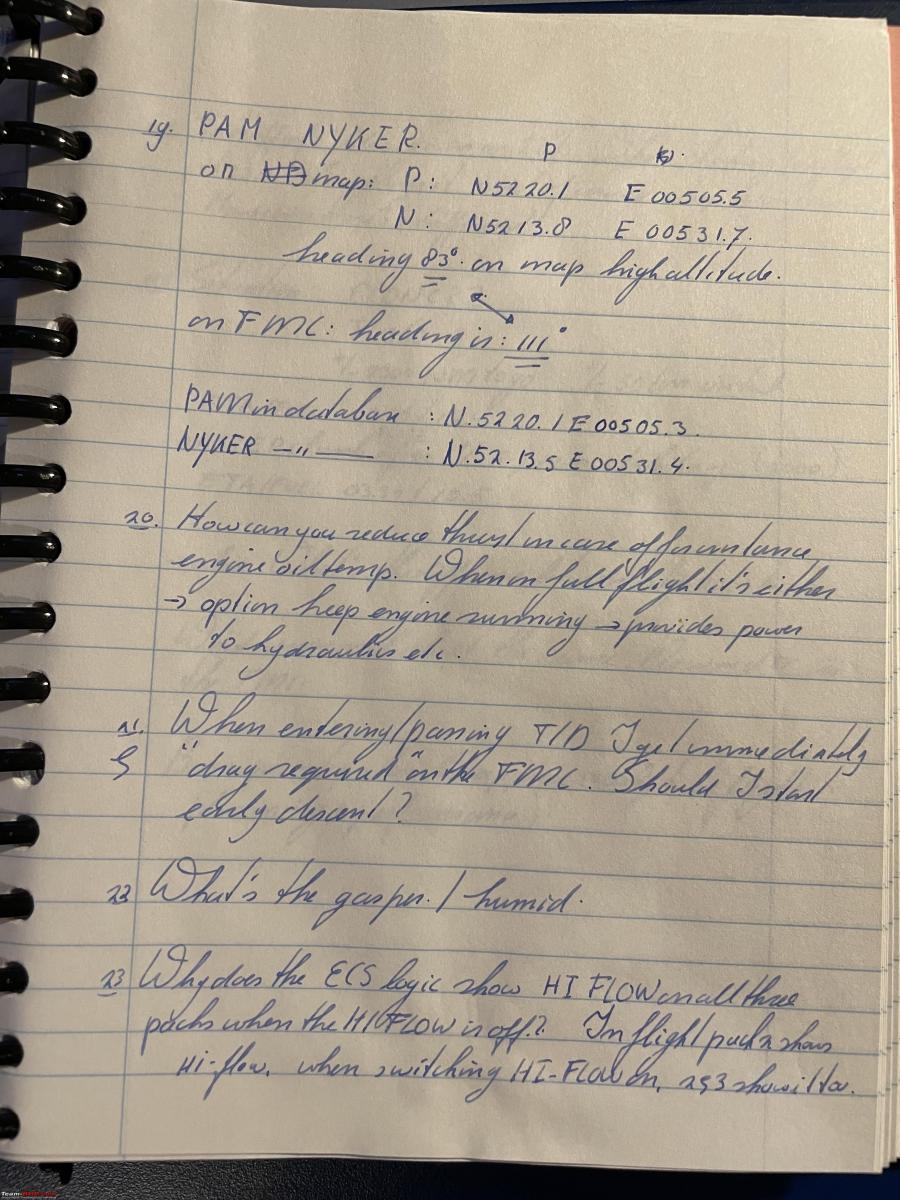
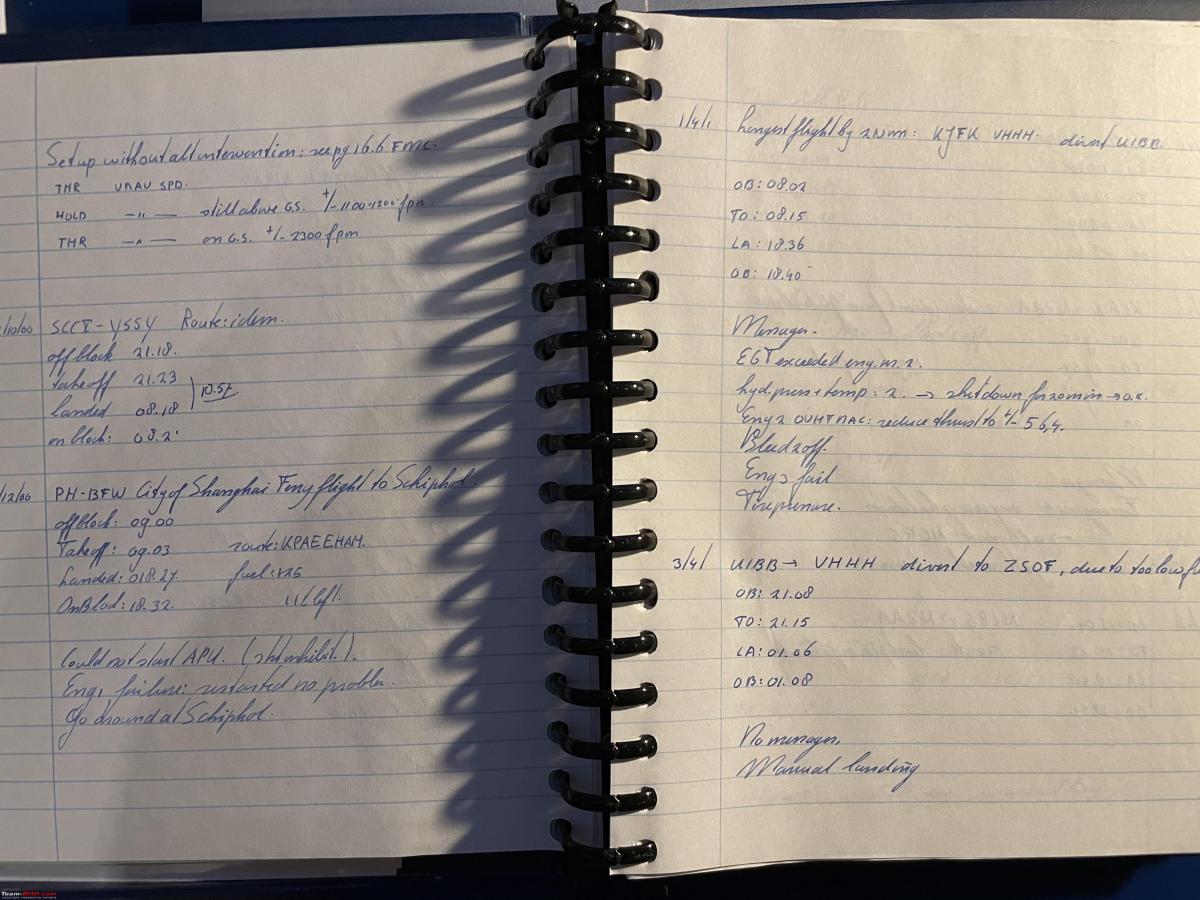

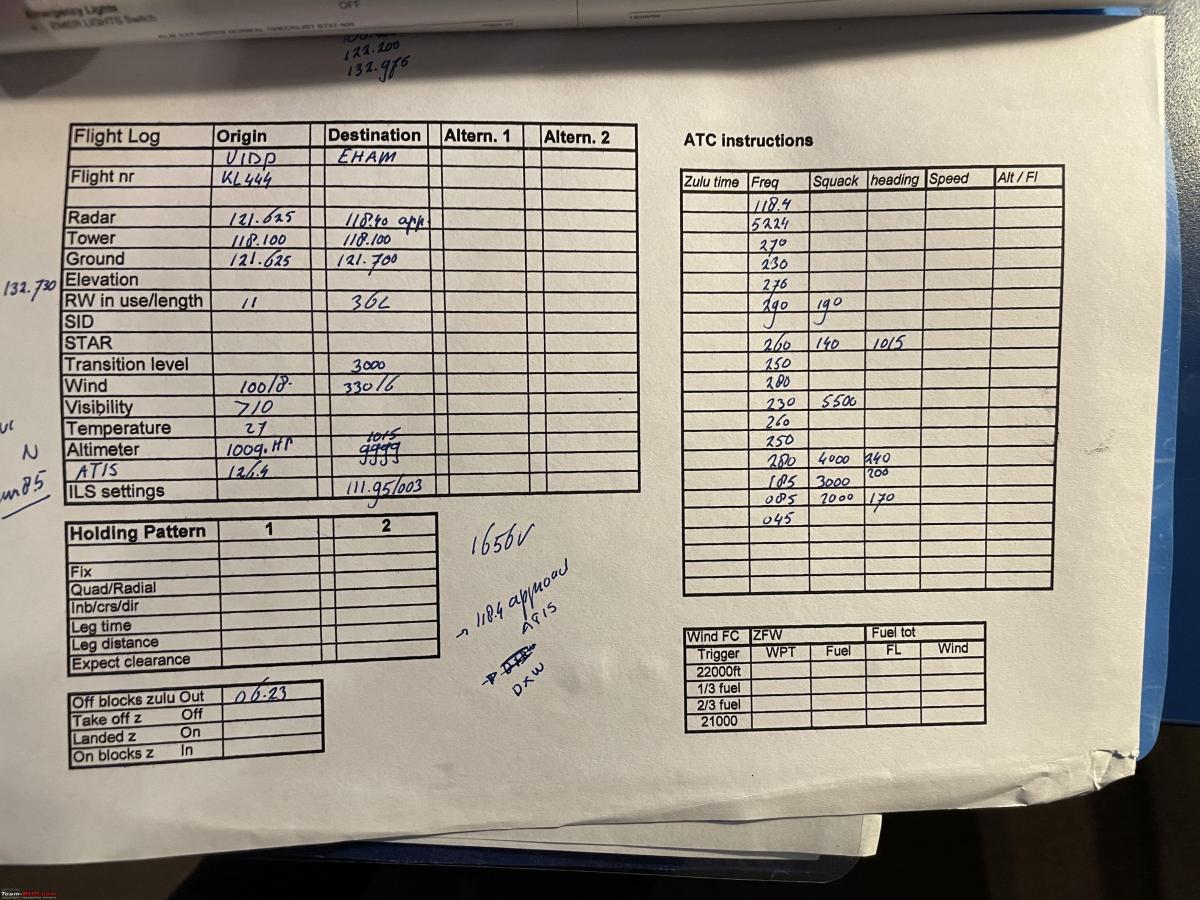
If you are interested in understanding how to operate the 747-400 I do recommend this fantastic piece of software PSX. Have a look here:
You can download a free preview of the operations manual, which is fantastic to just glance through if anything. Even if you don’t know that much about aircraft it will be fascinating just to begin to understand the level of complexity that goes into flying and operating these aircraft.
Or you can have a look at some of these videos:
The author, britjet, is a retired BA 747 (training) captain. He put all these training videos together on his home PC using PSX.
I would like to leave you with one final epic story by a pilot called Mel. J.Ott.
His story about the inaugural flight of the 747 by NorthWest Airlines in 1989 is a must-read for everybody interested in the 747. It was published in the first Precision Simulator Manual as an addendum. Mel was also involved in the development of PS. When I read Mel’s story I was hooked on the 747. From then on, I wanted to learn more!
For the full story click on
In all honesty, I don’t use PSX anymore. In 2009 I got my private pilot license and an IFR rating. the knowledge I had built up during all those years pouring over the 747, its operation, it's systems, and its procedures came in very handy!!
I also have some medical problems which make it difficult for me to actually fly these days, even on a simulator. But I did meet with my old friend Ton only last week and he is going to take me for a couple of hours of Flight Simulation during Christmas on our beloved 747.
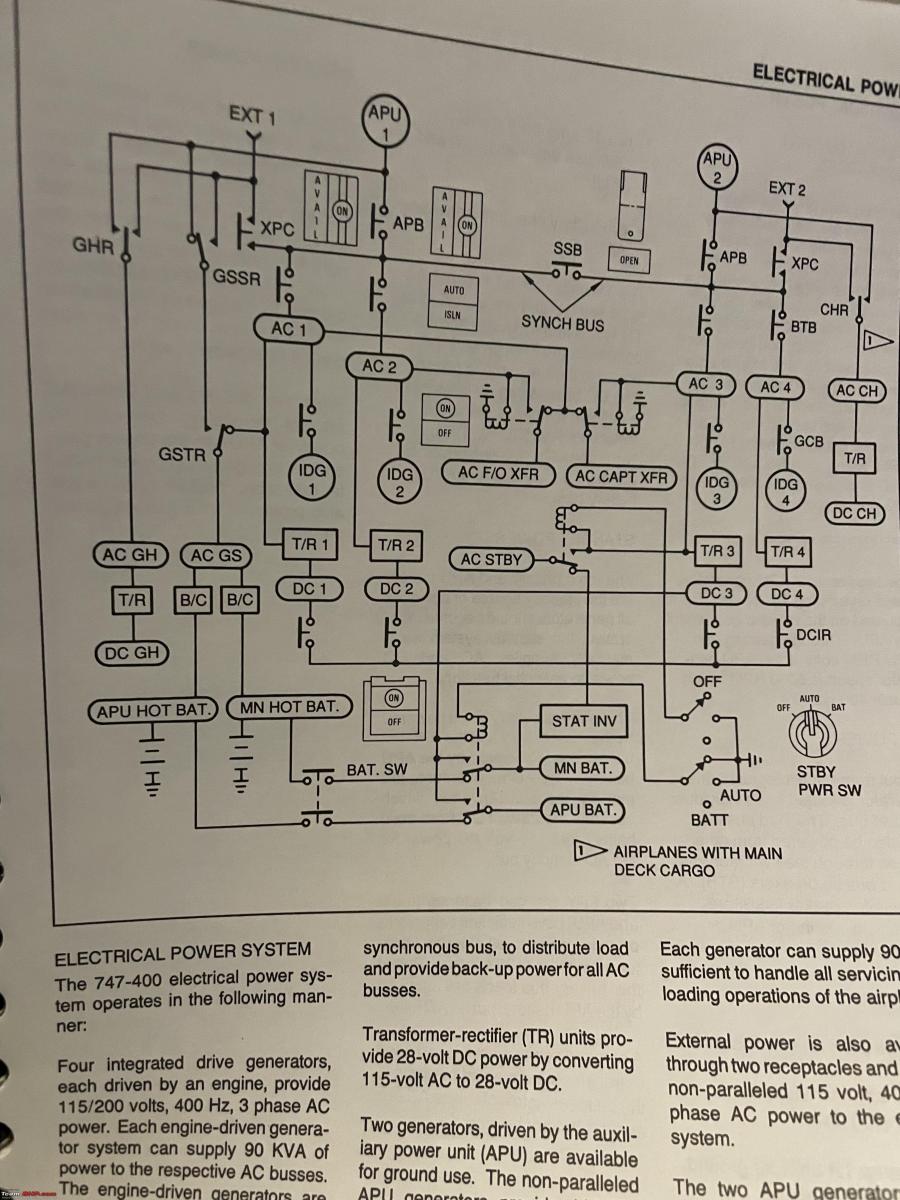
Check out BHPian comments for more insights and information.
- Tags:
- Indian
- Member Content
- Boeing
- aeroplane




